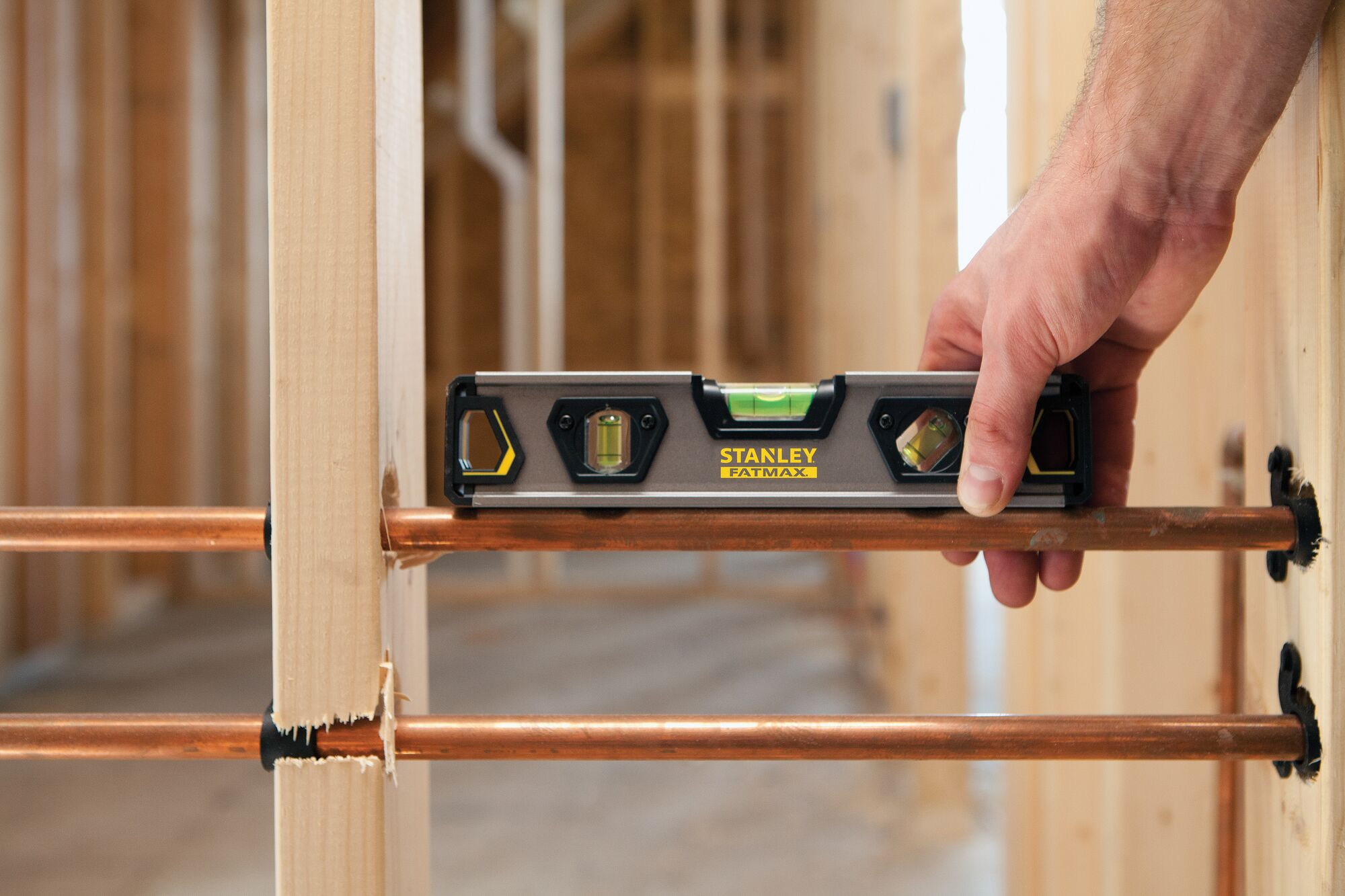

Articles
What Does A Laser Level Torpedo
Modified: May 6, 2024
Discover the uses and benefits of a laser level torpedo in this informative article. Learn how this handy tool can streamline your leveling tasks and improve accuracy.
(Many of the links in this article redirect to a specific reviewed product. Your purchase of these products through affiliate links helps to generate commission for Storables.com, at no extra cost. Learn more)
Introduction
A laser level is a versatile tool that is commonly used in the construction industry for tasks such as aligning and leveling surfaces, installing fixtures or furniture accurately, and creating straight lines or angles. It is essentially an advanced version of a traditional bubble level, using laser beams to provide precise and accurate measurements and alignments.
The advent of laser technology has revolutionized the construction field, making tasks that were once time-consuming and tedious much easier and more efficient. Laser levels are now widely used by professionals and DIY enthusiasts alike, thanks to their convenience, accuracy, and reliability.
In this article, we will dive into the world of laser levels, with a specific focus on torpedo laser levels. We will explore what a laser level is, how it works, the different types available, the features of torpedo laser levels, their uses, the pros and cons, as well as some tips for using them effectively.
Whether you’re a professional contractor or a homeowner looking to tackle some home improvement projects, understanding the capabilities and applications of a torpedo laser level can greatly enhance your productivity and ensure precision in your work.
So, let’s dive in and explore the fascinating world of torpedo laser levels!
Key Takeaways:
- Torpedo laser levels are compact, portable, and versatile tools that provide accurate measurements and alignments for a wide range of tasks, making them essential for both professionals and DIY enthusiasts.
- While torpedo laser levels have limitations such as limited range and single line projection, their cost-effectiveness, ease of use, and accuracy make them a valuable addition to any toolbox, empowering users to achieve professional-quality results in various projects.
Read also: 15 Best Torpedo Laser Level for 2024
What is a Laser Level?
A laser level is a precision tool used to create straight lines and accurate measurements. It is a device that emits a laser beam, which serves as a reference line for tasks such as leveling, aligning, and measuring distances. Laser levels are commonly used in construction, landscaping, surveying, and other industries where precise measurements and alignments are crucial.
The concept behind a laser level is relatively simple. The device houses a laser diode that emits a highly focused beam of light. The laser beam is projected onto a surface, creating a visible line or dot that serves as a guide for measurements or alignments.
One of the key advantages of a laser level is its ability to project a straight line over long distances with high accuracy. Unlike traditional bubble levels that are limited in their range, a laser level can cover a larger area, making it more efficient for large-scale projects.
Over the years, laser levels have evolved to offer different features and capabilities to suit various applications. Today, you can find laser levels that can project horizontal lines, vertical lines, cross lines, or even multiple lines simultaneously. Some advanced models also include additional functionalities like automatic self-leveling, remote control operation, and compatibility with digital devices.
While laser levels are commonly used in construction, they are also valuable tools for homeowners and DIY enthusiasts. Whether you’re hanging picture frames, installing shelves, or laying tiles, a laser level can help you achieve precise and professional results.
Overall, a laser level is an essential tool for anyone who needs accurate measurements and alignments. Its versatility and ease of use make it a go-to device for professionals and DIYers alike. Understanding the different types and features of laser levels can help you choose the right tool for your specific needs.
How Does a Laser Level Work?
At first glance, a laser level may seem like a complex and advanced tool, but its underlying principle of operation is relatively straightforward. Understanding how a laser level works can provide valuable insight into its capabilities and functionalities.
At the heart of a laser level is a laser diode, which emits a highly focused beam of light. The laser diode is powered by batteries or an electrical source within the device. When the laser diode is activated, it emits a laser beam that is directed onto a surface.
To ensure accurate alignments, many laser levels integrate a pendulum or electronic self-leveling mechanism. This mechanism allows the laser level to automatically level itself by compensating for any slight variations in the surface or its position. By maintaining a level position, the laser beam projected by the laser level remains straight and aligned.
The laser beam generated by the laser diode is typically narrow, resulting in a thin line or dot being projected onto the surface. Some laser levels allow users to adjust the beam width to suit their specific requirements.
To further enhance visibility, laser levels often incorporate a prism or optical element that manipulates the laser beam. These elements help to widen or split the laser beam, creating horizontal or vertical lines, cross lines, or multiple lines, depending on the device’s design.
The laser beam emitted by a laser level is typically red, although green laser levels are gaining popularity due to their increased visibility over longer distances. Green laser beams are more easily detected by the human eye, making them ideal for outdoor and bright-light conditions.
It is worth noting that laser levels require a flat and stable surface for accurate measurements and alignments. If the surface is uneven or subject to vibrations, the laser level may not provide accurate results. Therefore, it is crucial to ensure that the surface is secure and level before using a laser level.
Overall, a laser level works by emitting a laser beam onto a surface and utilizing a leveling mechanism to maintain a straight and aligned projection. This allows users to achieve precise measurements and alignments for various construction, renovation, and DIY tasks.
Types of Laser Levels
Laser levels come in a variety of types, each designed to serve different purposes and cater to specific applications. Understanding the different types of laser levels can help you choose the most suitable tool for your project needs. Here are some common types of laser levels:
- Line Laser Levels: Line laser levels are one of the most basic types of laser levels. They project a straight line, either vertically, horizontally, or both. Line laser levels are commonly used for tasks such as installing tiles, aligning cabinets, or hanging pictures.
- Rotary Laser Levels: Rotary laser levels project a 360-degree laser beam in a horizontal plane. They are often used for tasks that require precise leveling over long distances, such as construction of foundations, grading, or plumbing. Rotary laser levels can be manually adjusted or feature automatic self-leveling functionality.
- Cross-Line Laser Levels: Cross-line laser levels project two intersecting lines, one vertical and one horizontal, creating a cross shape. They are ideal for tasks that require both horizontal and vertical alignments, such as installing drop ceilings, laying out electrical outlets, or aligning windows and doors.
- Dot Laser Levels: Dot laser levels project a single dot onto a surface. They are often used for tasks that require pinpoint accuracy, such as aligning cabinets or shelves, installing light fixtures, or marking reference points.
- Combination Laser Levels: Combination laser levels incorporate multiple functionalities, such as line projection, dot projection, and cross-line projection. They offer versatility and flexibility, allowing users to tackle a wide range of applications with a single device.
Additionally, laser levels can be categorized based on their range and accuracy. Some laser levels are designed for indoor use, while others are suitable for outdoor applications. The range of a laser level refers to the maximum distance at which the laser beam remains visible and accurate. High-end laser levels often have longer ranges, making them more versatile for various projects.
When choosing a laser level, consider the specific requirements of your project and the tasks you need to accomplish. Carefully assess the features and capabilities of different laser levels to ensure that you select the right tool for the job.
Torpedo Laser Levels
Torpedo laser levels are a specific type of laser level that gets its name from its shape, resembling a torpedo. These compact and portable devices are popular among both professionals and DIY enthusiasts due to their versatility and ease of use.
One of the key features of torpedo laser levels is their ability to project a single horizontal or vertical line. This makes them suitable for a wide range of applications, such as aligning cabinets, hanging pictures, or installing shelving.
Unlike larger laser levels that require tripods or mounting brackets, torpedo laser levels typically have built-in magnets and leveling bases. This allows users to easily attach the device to magnetic surfaces or hold it steadily on flat surfaces without the need for additional accessories.
Another advantage of torpedo laser levels is their compact size and portability. Their small form factor makes them convenient to carry around in tool belts or pockets, ensuring easy access whenever needed. Their lightweight design also contributes to their versatility, as they can be used in tight or hard-to-reach spaces.
Torpedo laser levels often come with additional features to enhance their functionality. Some models have a built-in bubble vial for traditional leveling, serving as a backup in case the laser is obstructed or not in use. Others may include an adjustable base to project lines at different angles or a laser target plate to improve visibility in bright or outdoor environments.
These laser levels are typically battery-powered, with the ability to provide several hours of continuous use. Some models also offer self-leveling capabilities, allowing the device to automatically adjust and maintain a level position while in use.
While torpedo laser levels may not have the same range and accuracy as larger laser levels, they provide a practical and affordable solution for everyday leveling and alignment tasks. They are a great addition to any toolbox, providing convenience and precision.
Whether you’re a professional contractor or a DIY enthusiast working on various projects around your home, a torpedo laser level can greatly enhance your productivity and ensure accurate results.
Read more: What Is Laser Level
Features of Torpedo Laser Levels
Torpedo laser levels offer a range of features that make them a versatile tool for leveling and alignment tasks. Here are some common features that you can find in torpedo laser levels:
- Horizontal and Vertical Lines: Torpedo laser levels typically project a single horizontal or vertical line, allowing for precise leveling and alignment. This feature makes them ideal for tasks such as hanging pictures, aligning cabinets, or installing shelves.
- Magnetic Base: Torpedo laser levels often have a built-in magnet on their base, allowing for easy attachment to magnetic surfaces. This feature eliminates the need for additional accessories and provides stability while working.
- Compact and Portable: Torpedo laser levels have a compact design, making them easy to carry in tool belts or pockets. Their small size also enables them to be used in tight or hard-to-reach spaces where larger laser levels might not fit.
- Self-Leveling: Some torpedo laser levels feature automatic self-leveling functionality. This means that the device can adjust and maintain a level position on its own, ensuring accurate results and saving time during setup.
- Built-in Bubble Vial: Many torpedo laser levels include a built-in bubble vial, which serves as a traditional leveling tool. This feature allows for double-checking or leveling in situations where the laser is obstructed or not in use.
- Adjustable Base: Certain models of torpedo laser levels come with an adjustable base, providing the flexibility to project lines at different angles. This feature allows for increased versatility and customization based on specific project requirements.
- Battery-Powered: Torpedo laser levels are typically powered by batteries, making them portable and easy to use without the need for a power source. Some models offer long battery life, allowing for extended use on a single set of batteries.
These features make torpedo laser levels a practical choice for both professionals and DIY enthusiasts. Their convenience, accuracy, and affordability make them a valuable addition to any toolbox.
When selecting a torpedo laser level, consider the specific features that will best suit your needs and the types of projects you will be working on. Whether you are hanging artwork, installing fixtures, or aligning objects, a torpedo laser level can provide the precision and ease of use required for a wide range of leveling and alignment tasks.
When using a laser level torpedo, make sure to position it on a stable surface and adjust the level until the laser line is perfectly horizontal or vertical for accurate measurements and alignments.
Uses of Torpedo Laser Levels
Torpedo laser levels are versatile tools that can be used for a wide range of leveling and alignment tasks. Their compact size and easy-to-use features make them invaluable for various applications. Here are some common uses of torpedo laser levels:
- Hanging Pictures and Artwork: Torpedo laser levels are perfect for ensuring that pictures and artwork hang straight and level on walls. The laser line projected by the level serves as a guide, allowing for precise positioning and alignment.
- Installing Cabinets and Shelving: When installing cabinets or shelves, it is essential to have them level and properly aligned. A torpedo laser level can help ensure that these installations are straight, minimizing the risk of crooked or uneven setups.
- Laying Tiles, Flooring, and Carpets: Achieving a well-leveled and aligned surface is critical when laying tiles, flooring, or carpets. A torpedo laser level can assist in creating straight reference lines, ensuring a professional and visually appealing finish.
- Aligning Electrical Outlets and Switches: To maintain a neat and organized appearance, electrical outlets and switches should be properly aligned. A torpedo laser level can provide accurate horizontal lines, aiding in the alignment of these fixtures for a clean and symmetrical look.
- Creating Reference Lines or Guides: Torpedo laser levels can be used to create reference lines or guides for various projects. For example, when painting stripes on walls or marking guidelines for pipe installation, the laser line projected by the level ensures precision and consistency.
- Checking or Adjusting Slopes: Some torpedo laser levels offer the ability to project lines at specific angles. This feature allows users to check or adjust slopes, making them useful for projects such as landscaping, drainage systems, or foundation work.
- Aligning Windows and Doors: When installing windows or doors, it is important to ensure that they are level and aligned properly. A torpedo laser level can assist in achieving precise alignments, resulting in smooth operation and a polished appearance.
The uses of torpedo laser levels are not limited to the applications mentioned above. These versatile tools can be employed in various other leveling and alignment tasks, both in professional construction projects and DIY home improvement tasks.
By utilizing a torpedo laser level, you can achieve accurate and professional results in your projects, saving time and effort while ensuring precision and quality.
Pros and Cons of Torpedo Laser Levels
Torpedo laser levels offer many advantages when it comes to leveling and alignment tasks. However, like any tool, they also have their limitations. Here are some pros and cons to consider when using torpedo laser levels:
Pros:
- Compact and Portable: Torpedo laser levels are small, lightweight, and easy to carry around. Their compact size allows them to be used in tight spaces, making them ideal for various projects.
- Easy to Use: Using a torpedo laser level is straightforward, even for beginners. They typically have simple controls and intuitive features, allowing for quick and hassle-free setup.
- Accurate and Precise: Torpedo laser levels provide accurate measurements and alignments. The laser beam projected by the level ensures a straight and level reference line, leading to precise results in various applications.
- Versatile: Despite their compact size, torpedo laser levels offer versatility in leveling and alignment tasks. They can be used for hanging pictures, installing shelves, laying tiles, and other applications that require straight, level, or aligned positions.
- Cost-Effective: Torpedo laser levels are typically more affordable compared to larger and more advanced laser levels. They provide quality results at a budget-friendly price point, making them accessible to both professionals and DIY enthusiasts.
Read more: How Does Laser Level Work
Cons:
- Limited Range: Torpedo laser levels have a shorter range compared to larger laser levels. While they are suitable for most indoor applications, they may not be as effective for long-distance outdoor projects.
- Single Line Projection: Torpedo laser levels typically project a single horizontal or vertical line. This limitation means they may not be suitable for more complex projects that require multiple lines or cross-line alignments.
- Less Sturdy Mounting: Unlike larger laser levels that typically require tripods or mounting brackets, torpedo laser levels rely on their built-in magnets and leveling bases for stability. This can sometimes limit the mounting options and stability in certain situations.
- Requires Flat and Stable Surfaces: To ensure accurate measurements and alignments, torpedo laser levels need to be used on flat and stable surfaces. Uneven or vibrating surfaces can affect the level’s accuracy and disrupt its performance.
- Visibility in Bright Light: In brightly lit environments or under direct sunlight, the visibility of the laser beam projected by torpedo laser levels may be reduced. This can make it challenging to see the line or dot clearly.
Considering the pros and cons of torpedo laser levels can help you make an informed decision about their suitability for your specific projects. While they may have some limitations, their compact size, ease of use, accuracy, and affordability make them a valuable tool for various leveling and alignment tasks.
Tips for Using a Torpedo Laser Level
Using a torpedo laser level effectively requires proper techniques and considerations. Here are some tips to help you make the most out of your torpedo laser level:
- Choose the Right Location: Before using your torpedo laser level, select a flat and stable location for accurate measurements. Uneven or vibrating surfaces can affect the level’s performance, so ensure your working area is suitable.
- Calibrate the Level: Some torpedo laser levels require manual calibration for accurate results. Follow the manufacturer’s instructions to calibrate your level before each use, ensuring precise measurements and alignments.
- Check for Obstructions: Remove any obstructions or debris that may interfere with the projected laser beam. This will allow for a clear and uninterrupted line or dot and enhance the accuracy of your measurements.
- Avoid Direct Sunlight: Torpedo laser levels can sometimes be less visible in bright or direct sunlight. If you’re working outdoors, try to position yourself in a shaded area or use a laser target plate to enhance visibility.
- Double-Check with Traditional Levels: While torpedo laser levels are designed to be accurate, it’s always a good idea to double-check your measurements with a traditional bubble level. This can provide an extra layer of confirmation and ensure precise alignments.
- Use a Tripod or Mounting Bracket: If your torpedo laser level does not have a built-in magnet or leveling base, consider using a tripod or mounting bracket for added stability. This can improve the level’s performance, especially in elevated or overhead applications.
- Use a Laser Detector (Optional): For longer distance projects or environments with low visibility, consider using a laser detector. This device can detect the laser beam from your torpedo laser level and provide additional visual or auditory cues, enhancing accuracy and convenience.
- Store Properly: When not in use, ensure that you store your torpedo laser level in a safe and dry place. Protect it from extreme temperatures, moisture, and damage to prolong its lifespan and maintain its accuracy.
- Read the User Manual: Familiarize yourself with the specific features, instructions, and safety precautions outlined in the user manual of your torpedo laser level. This will ensure proper usage and avoid any potential issues or accidents.
By following these tips, you can maximize the effectiveness and accuracy of your torpedo laser level, ultimately helping you achieve precise measurements and alignments in your projects.
Conclusion
In conclusion, torpedo laser levels are versatile and practical tools that are essential for a wide range of leveling and alignment tasks. Their compact size, ease of use, and accuracy make them a valuable addition to any toolbox, whether you’re a professional contractor or a DIY enthusiast.
By projecting a straight and level line, torpedo laser levels help ensure precise measurements and alignments in various applications. From hanging pictures and installing shelves to laying tiles and aligning electrical fixtures, these tools provide the accuracy needed to achieve professional results.
While torpedo laser levels have their limitations, such as their limited range or single line projection, their advantages far outweigh the cons. They are cost-effective, portable, and easy to use, making them accessible to a wide range of users.
To make the most of your torpedo laser level, remember to choose a suitable location, calibrate the level, and check for obstructions before use. Additionally, consider using a tripod or mounting bracket for stability, double-check measurements with a traditional level, and utilize optional accessories such as laser detectors for enhanced visibility.
With their accuracy, versatility, and convenience, torpedo laser levels empower you to tackle leveling and alignment tasks with confidence. They save time, ensure precision, and help you achieve professional-quality results in your construction, renovation, or home improvement projects.
So, whether you’re a seasoned professional contractor or a DIY enthusiast looking to upgrade your toolbox, consider adding a torpedo laser level to your arsenal. Its capabilities and features will undoubtedly prove invaluable, enhancing your productivity and ensuring the success of your projects.
Ready to tackle your next home project? Get handy tips on DIY home improvement that can save you time and money while boosting your skills. If you're looking to upgrade your toolkit, don't miss our review of the best torpedo laser levels for 2024, ensuring you have the most efficient gadgets for precise measurements in any DIY task. Whether you're a seasoned pro or just starting out, these guides will provide valuable insights into making your home improvement projects smoother and more successful.
Frequently Asked Questions about What Does A Laser Level Torpedo
Was this page helpful?
At Storables.com, we guarantee accurate and reliable information. Our content, validated by Expert Board Contributors, is crafted following stringent Editorial Policies. We're committed to providing you with well-researched, expert-backed insights for all your informational needs.
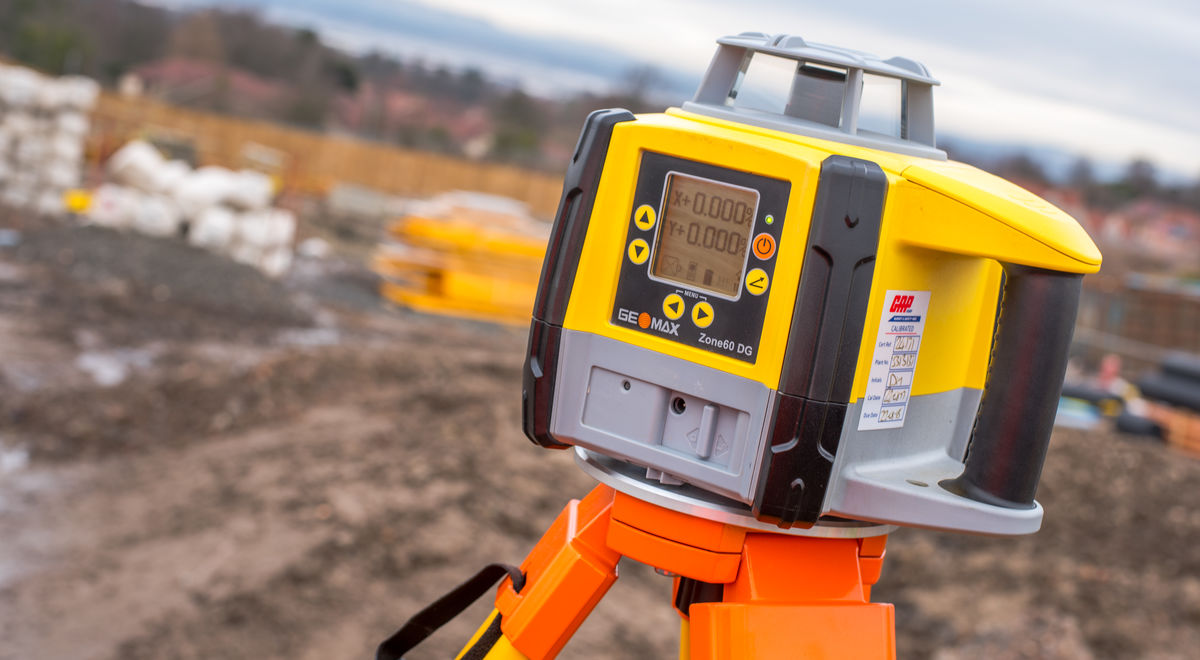
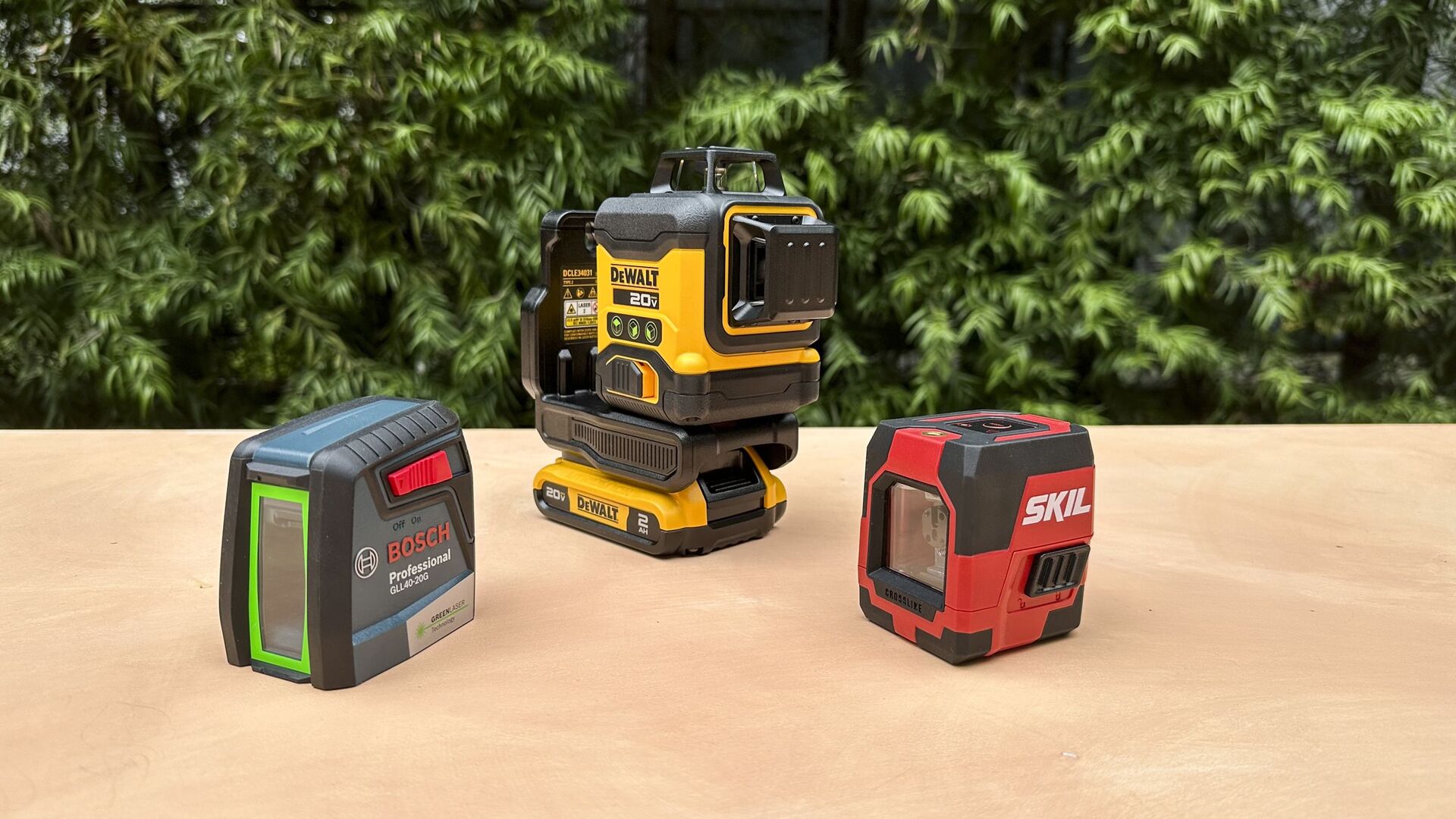
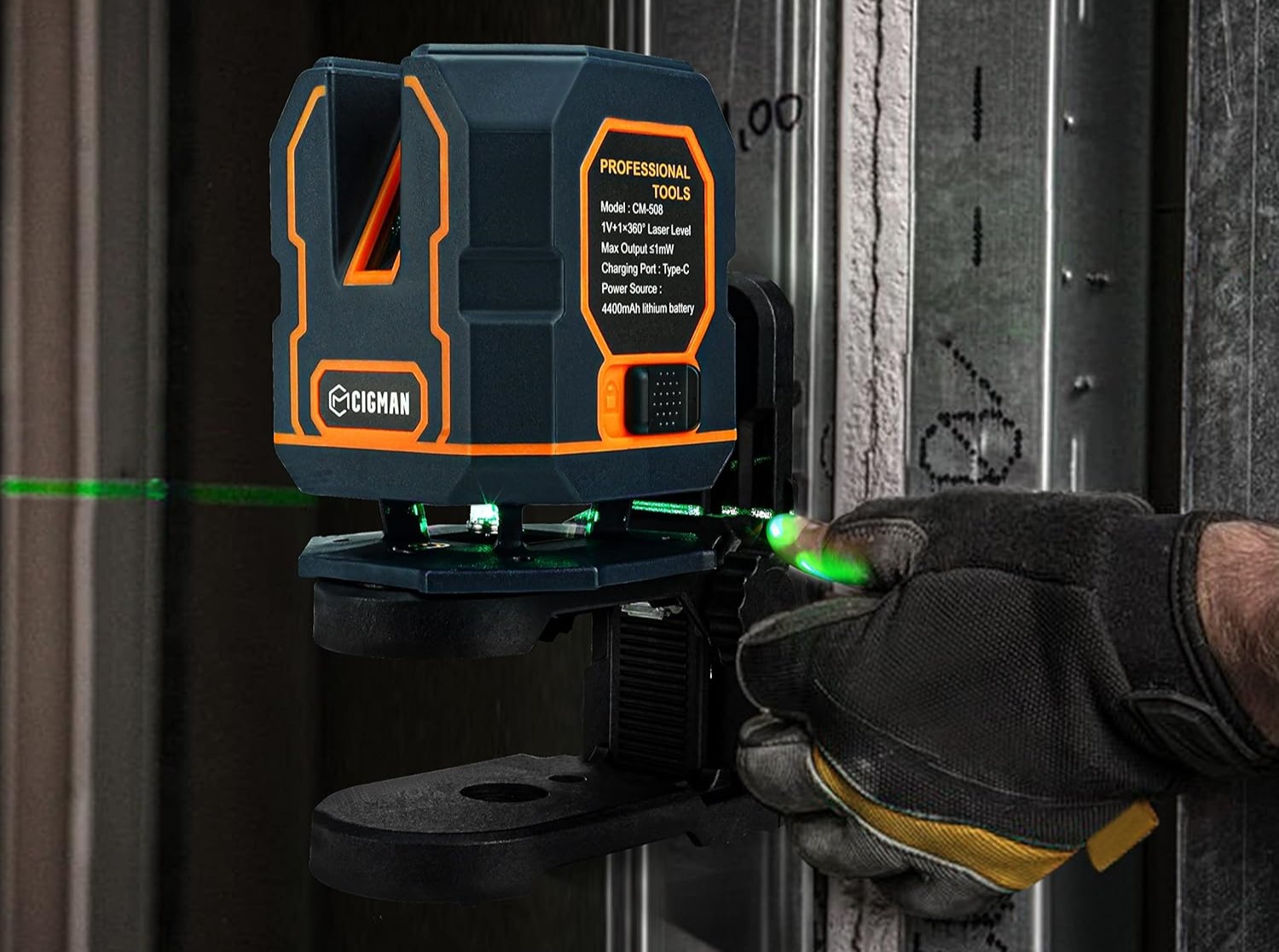
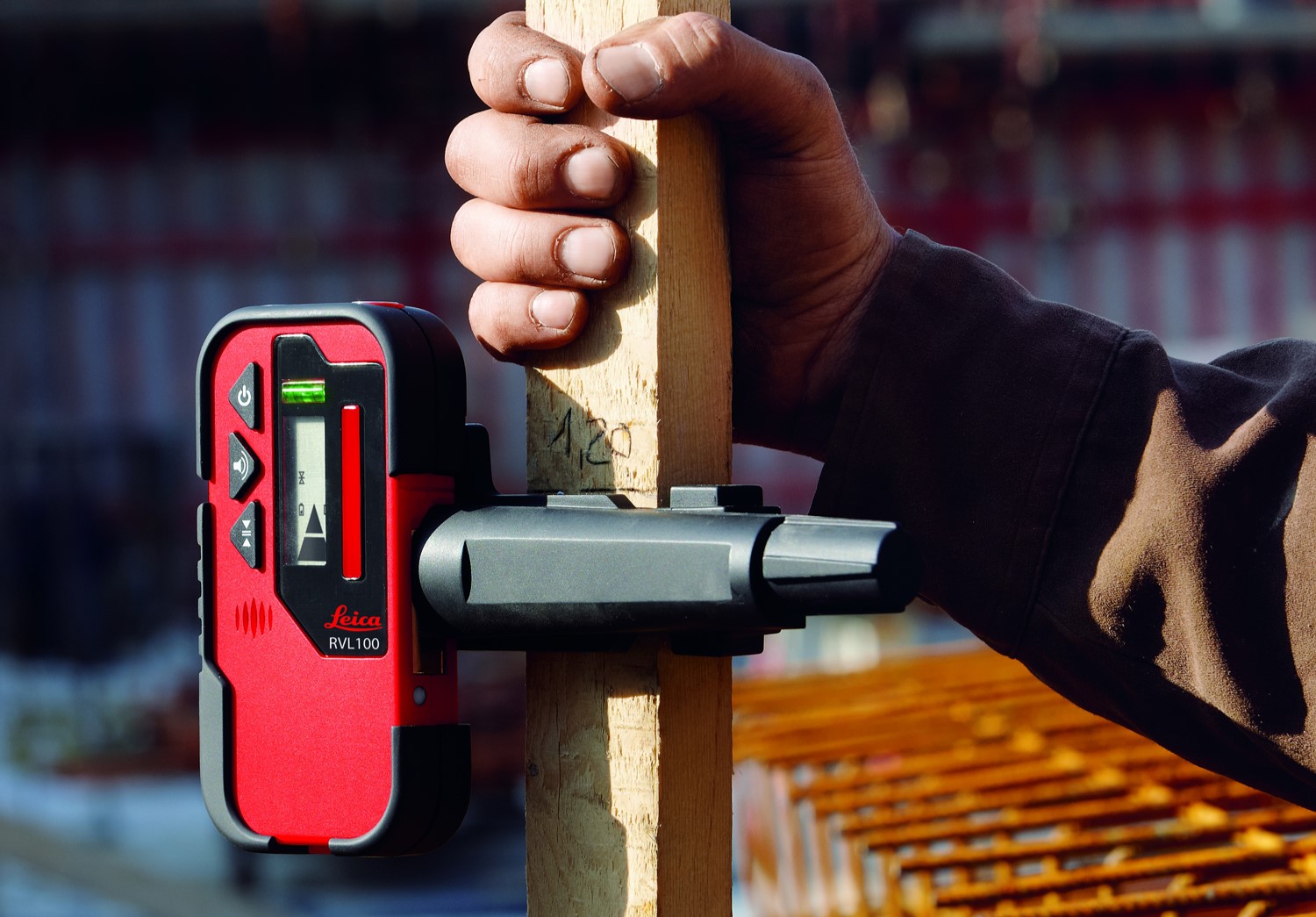
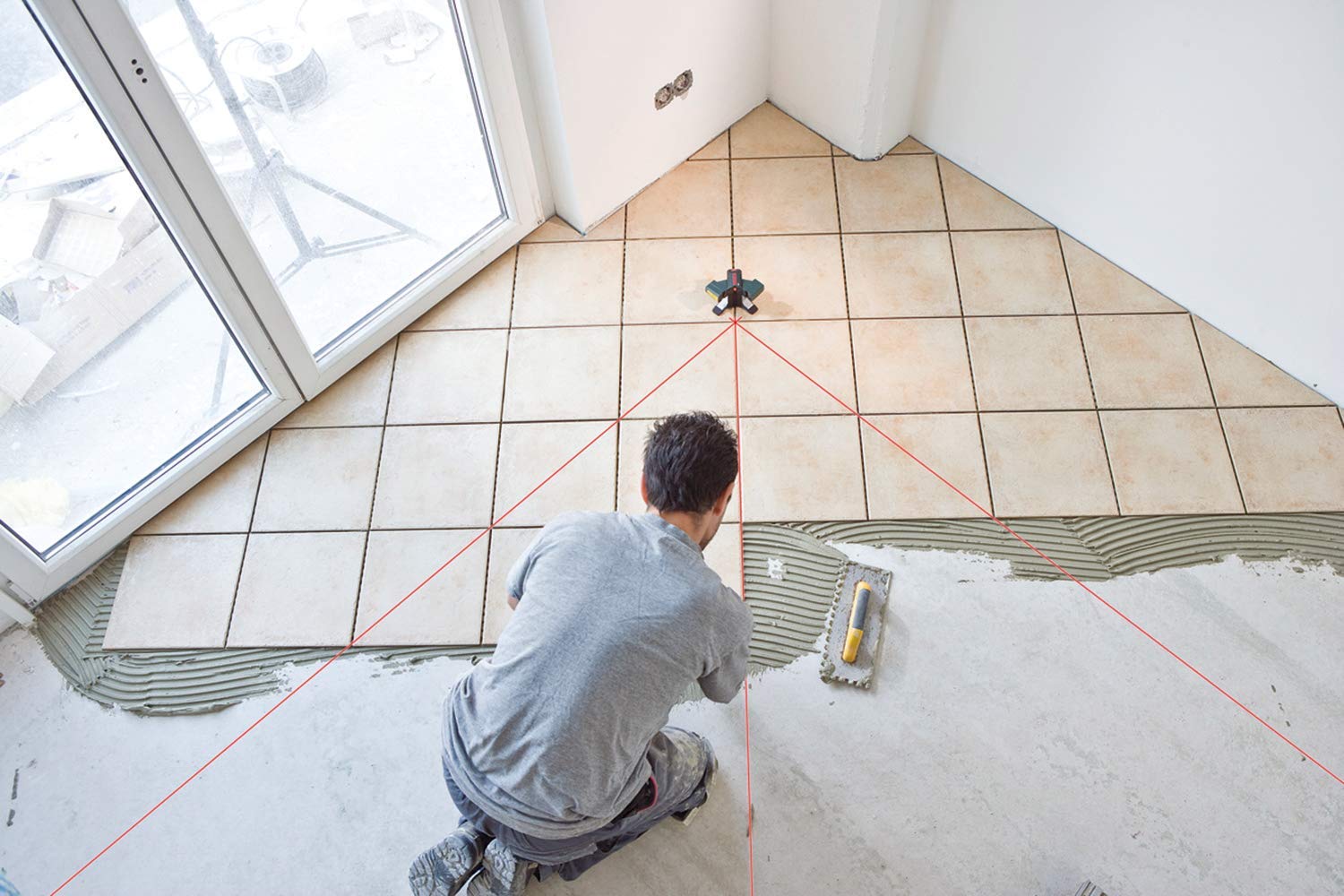
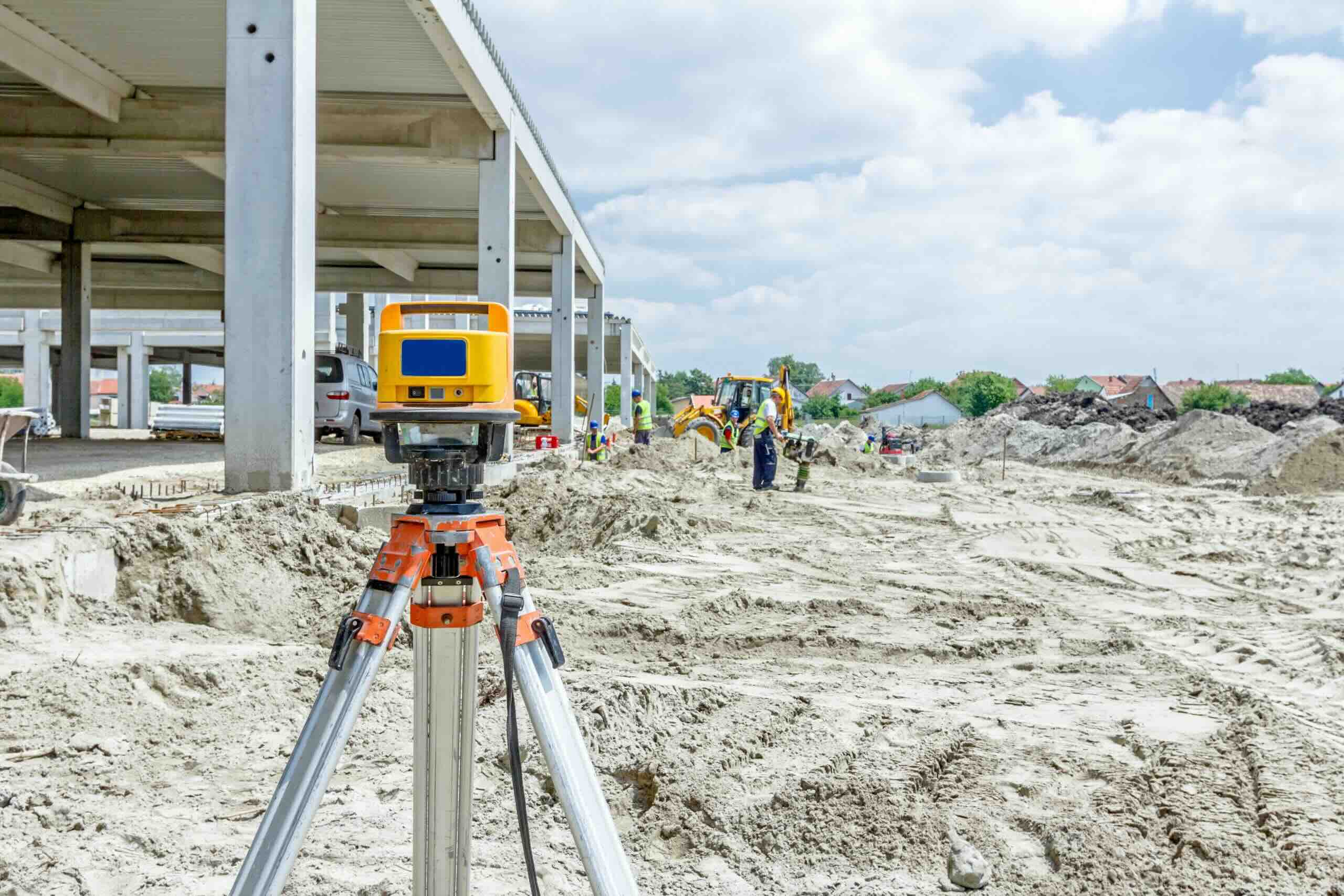
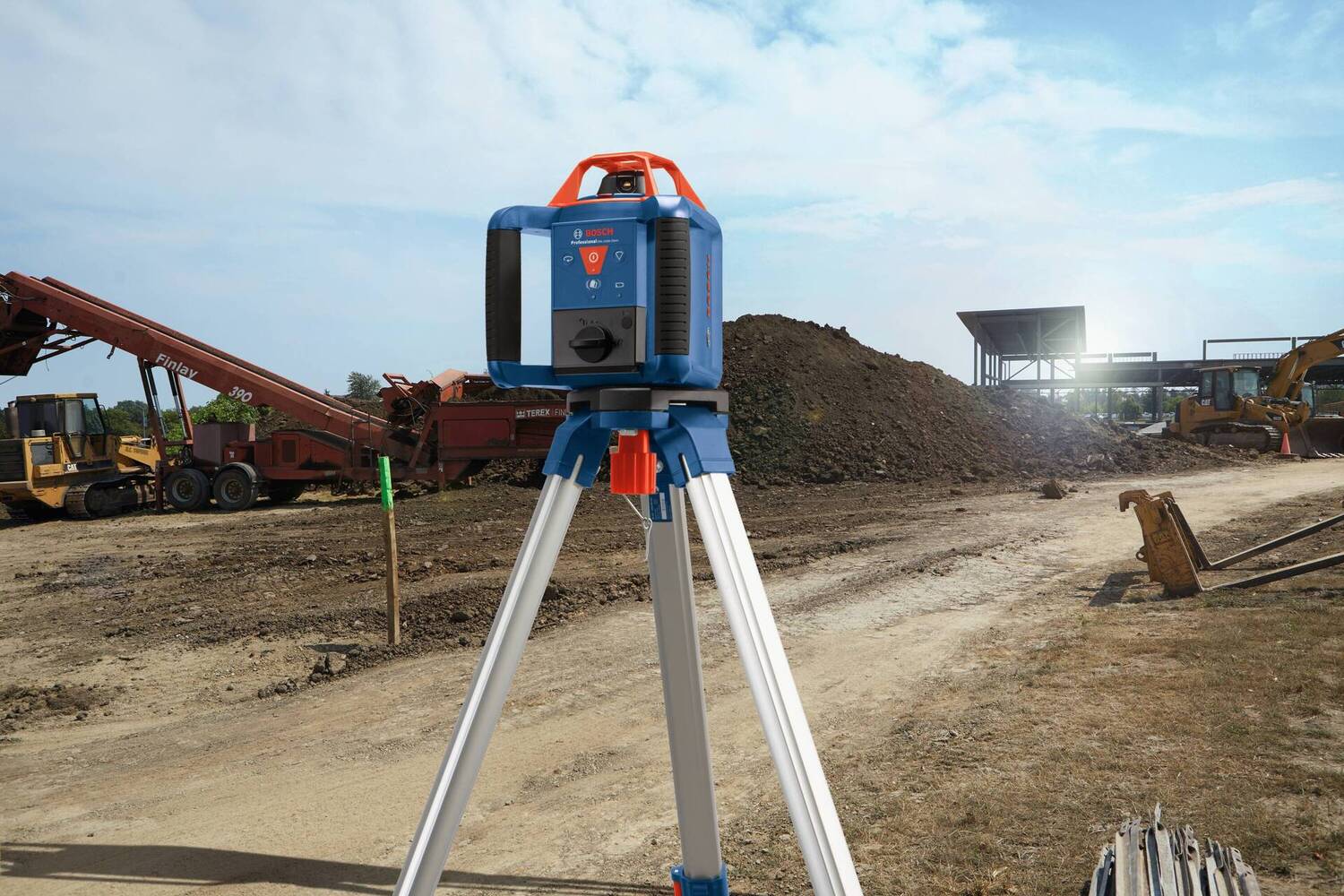
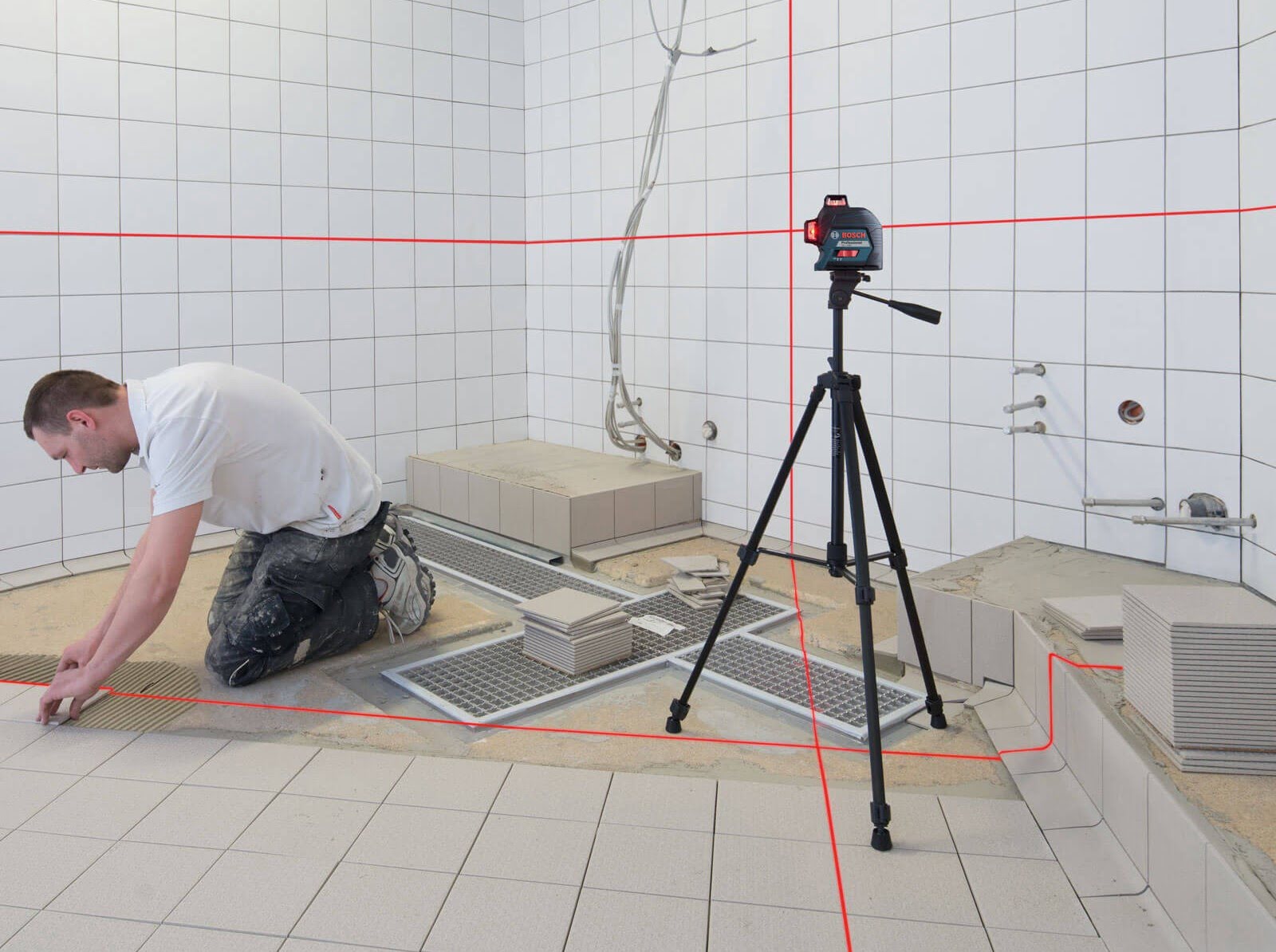
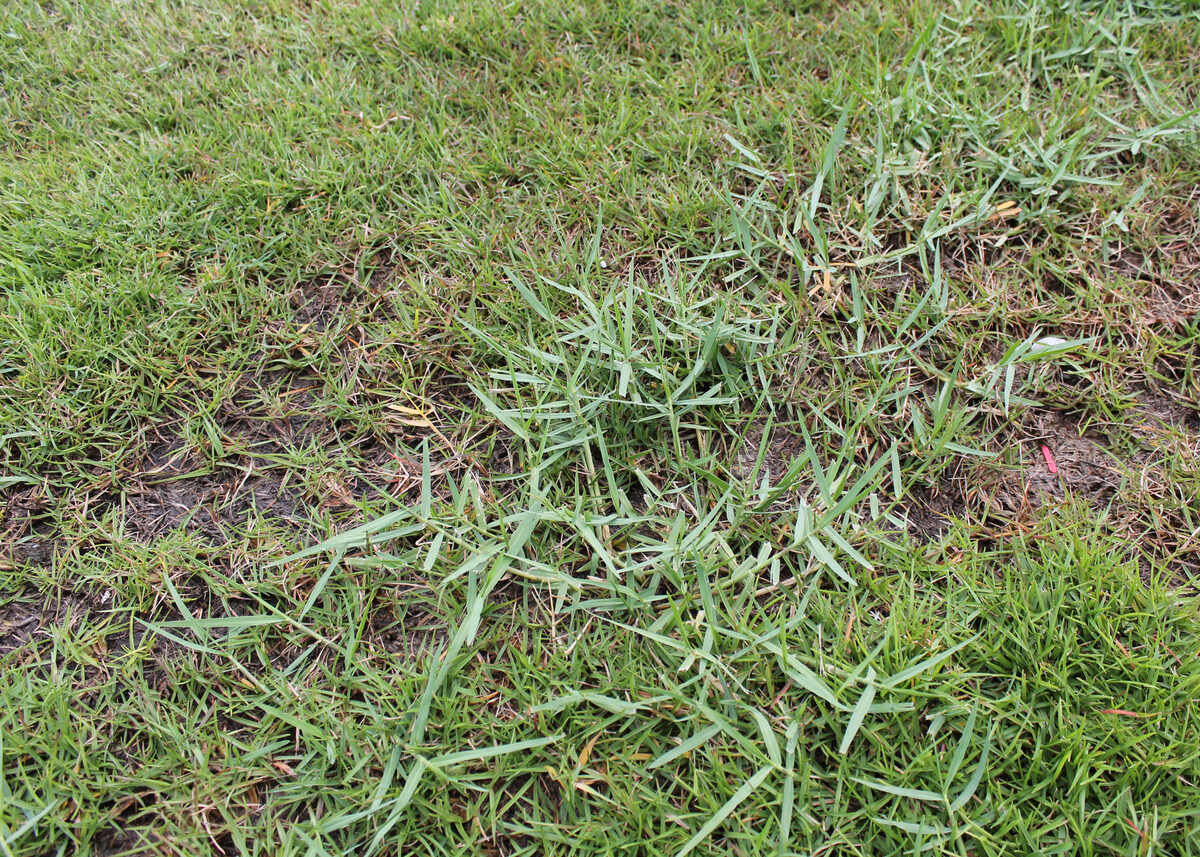
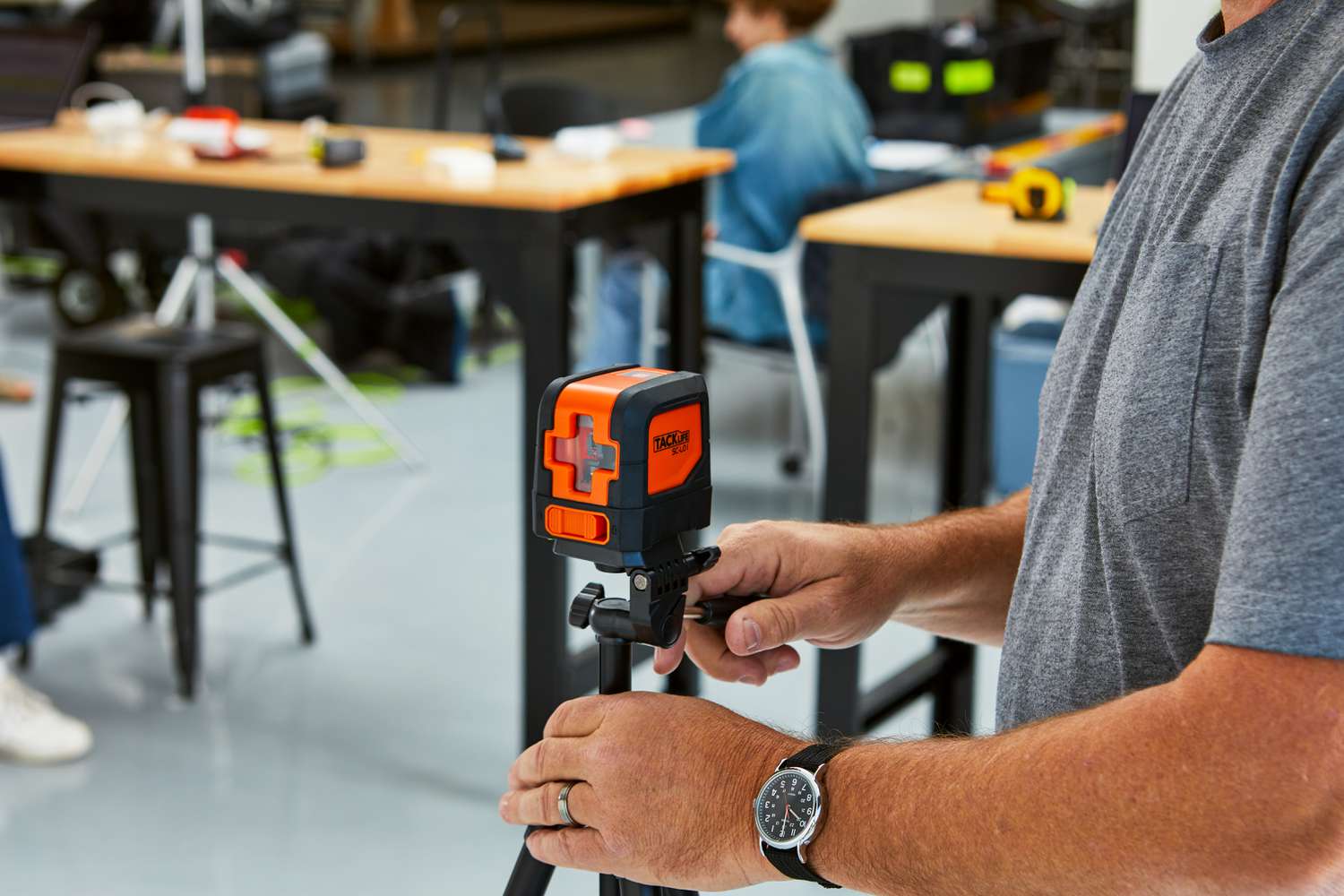
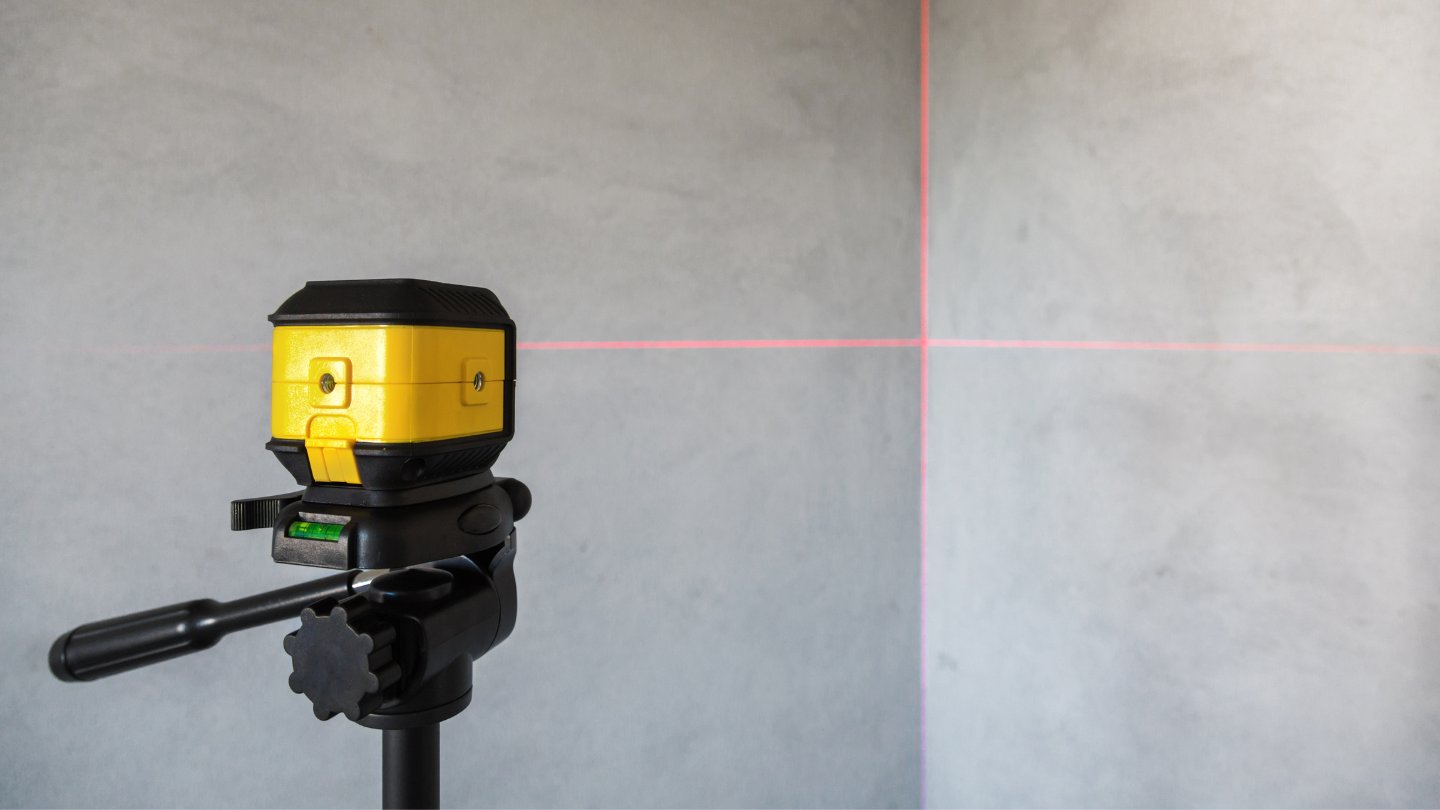
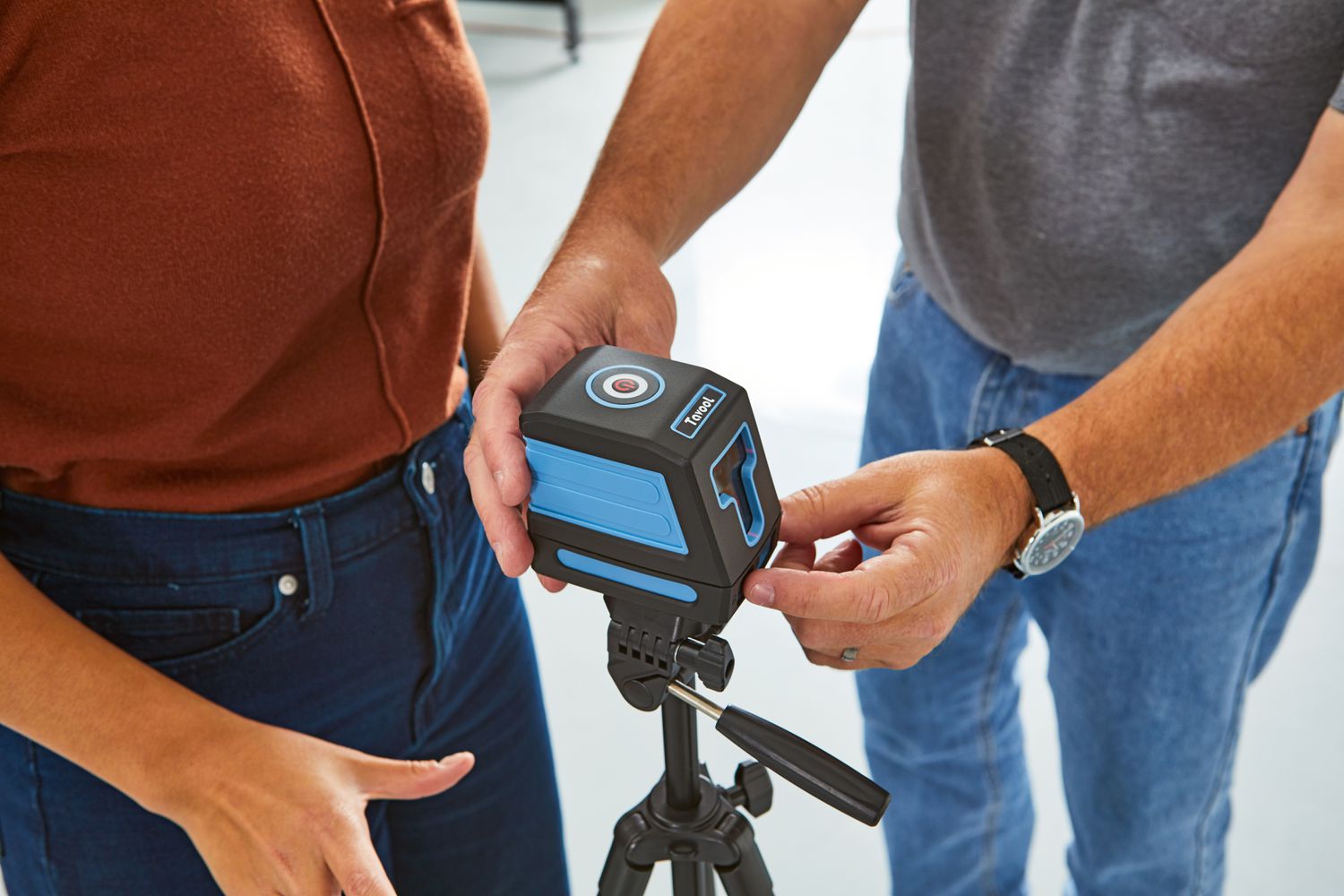
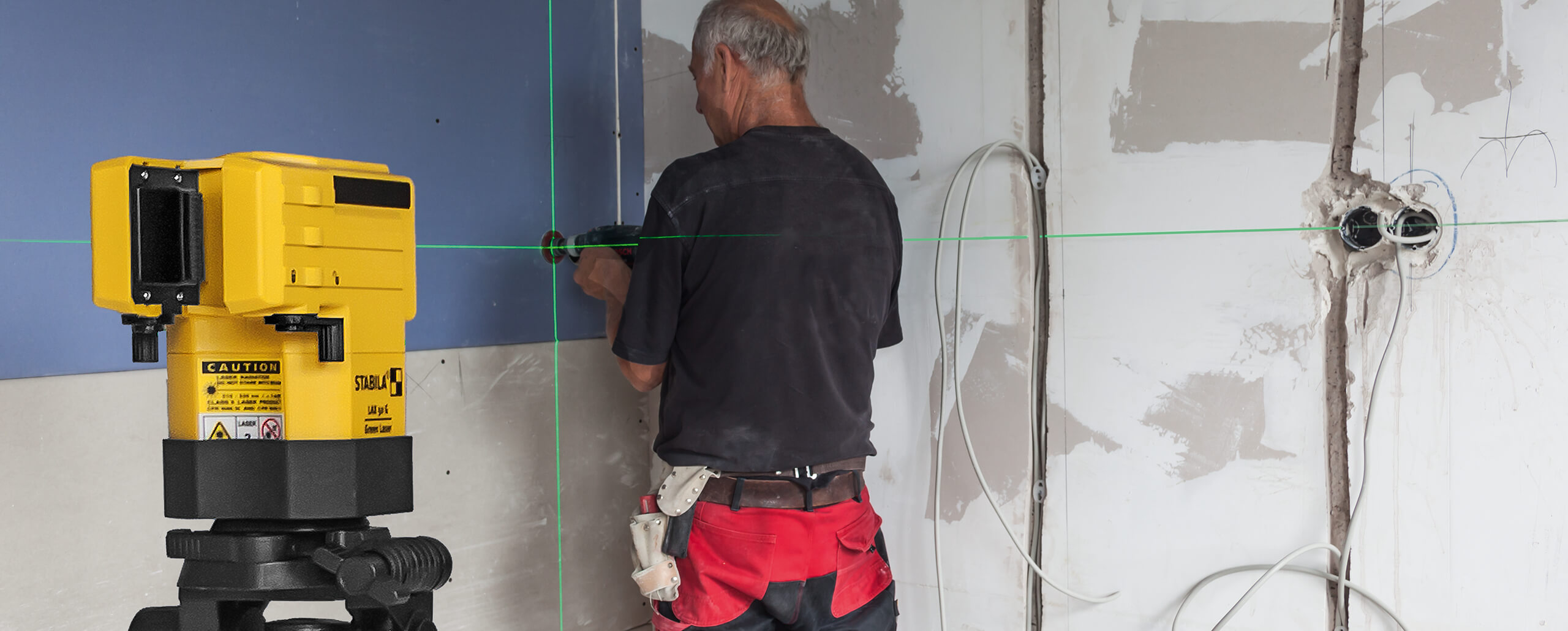

0 thoughts on “What Does A Laser Level Torpedo”